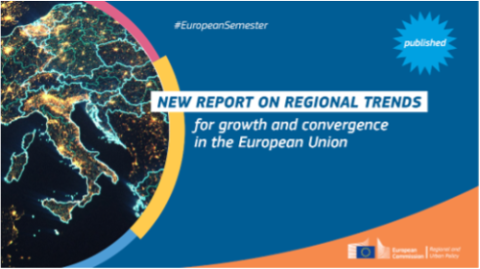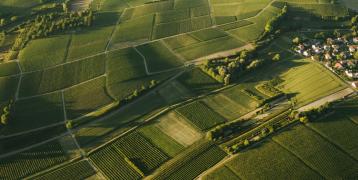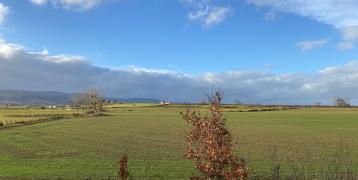Regional trends for growth: focus on rural areas

The European Commission recently published a new report on Regional Trends for Growth and Convergence in the European Union. The document provides an analysis of the regional disparities and trends in the EU.
It emphasizes the role of cohesion policy in reducing these disparities and promoting economic growth and social welfare across regions. The document highlights the efforts made by EU policies to address regional asymmetries in accessing basic public services and employment rates.

The role of cohesion policy
Cohesion policy aims at reducing disparities, and promoting growth, social cohesion, and convergence. It supports less developed regions through financial assistance and investment in areas like infrastructure, education, research, innovation, and entrepreneurship.
It also emphasizes social inclusion, by reducing inequalities and ensuring access to public services, education, healthcare, and transportation. Tailored programs address unique regional needs, allocating resources effectively. However, regional asymmetries in public services and employment rates persist in some Member States.
Specific challenges faced by rural areas
The report discusses the specific challenges faced by rural areas in terms of accessing public services and achieving regional growth. These challenges are often influenced by factors such as geographical location, lower population density, and limited infrastructure. Some common issues faced by rural areas include:
- Limited access to basic public services: Rural areas may have limited access to essential public services such as healthcare, education, transportation, and social services. The distance between rural communities and service providers can make it more difficult for residents to access these services, leading to disparities in access compared to urban areas.
- Infrastructure deficiencies: Rural areas often face challenges related to infrastructure, including inadequate road networks, limited public transportation options, and insufficient broadband connectivity. These deficiencies can hinder economic development, limit access to information and communication technologies, and impede the growth of businesses and industries.
- Lower educational attainment: Rural regions may experience lower educational attainment levels compared to urban areas. Limited access to quality educational institutions and training opportunities can hinder the development of a skilled workforce, making it more challenging for rural areas to attract investments and promote economic growth.
- Economic opportunities and job creation: Rural areas may struggle with limited job opportunities and economic diversification. The concentration of certain industries in urban areas can result in a lack of employment options in rural regions, leading to higher unemployment rates and lower income levels.
- Demographic challenges: Rural areas often face demographic challenges such as an aging population and outmigration of younger generations seeking better opportunities in urban areas. These demographic shifts can impact the labour market, strain public services, and pose challenges for sustainable regional growth.
Addressing these challenges requires targeted policies and investments both at all administrative levels.
Interreg Europe resources
Interreg Europe supports rural regions by promoting exchanges of experiences among policy makers through projects, that can focus on economic development in rural environments, such as GROW RUP, INNOGROW, P-IRIS, RATIO, RuralGrowth, Rural SMEs, SARURE, SKILLS+
The Interreg Europe Policy Learning Platform also supports these territories through various activities. Have a look and take advantage of our services!














